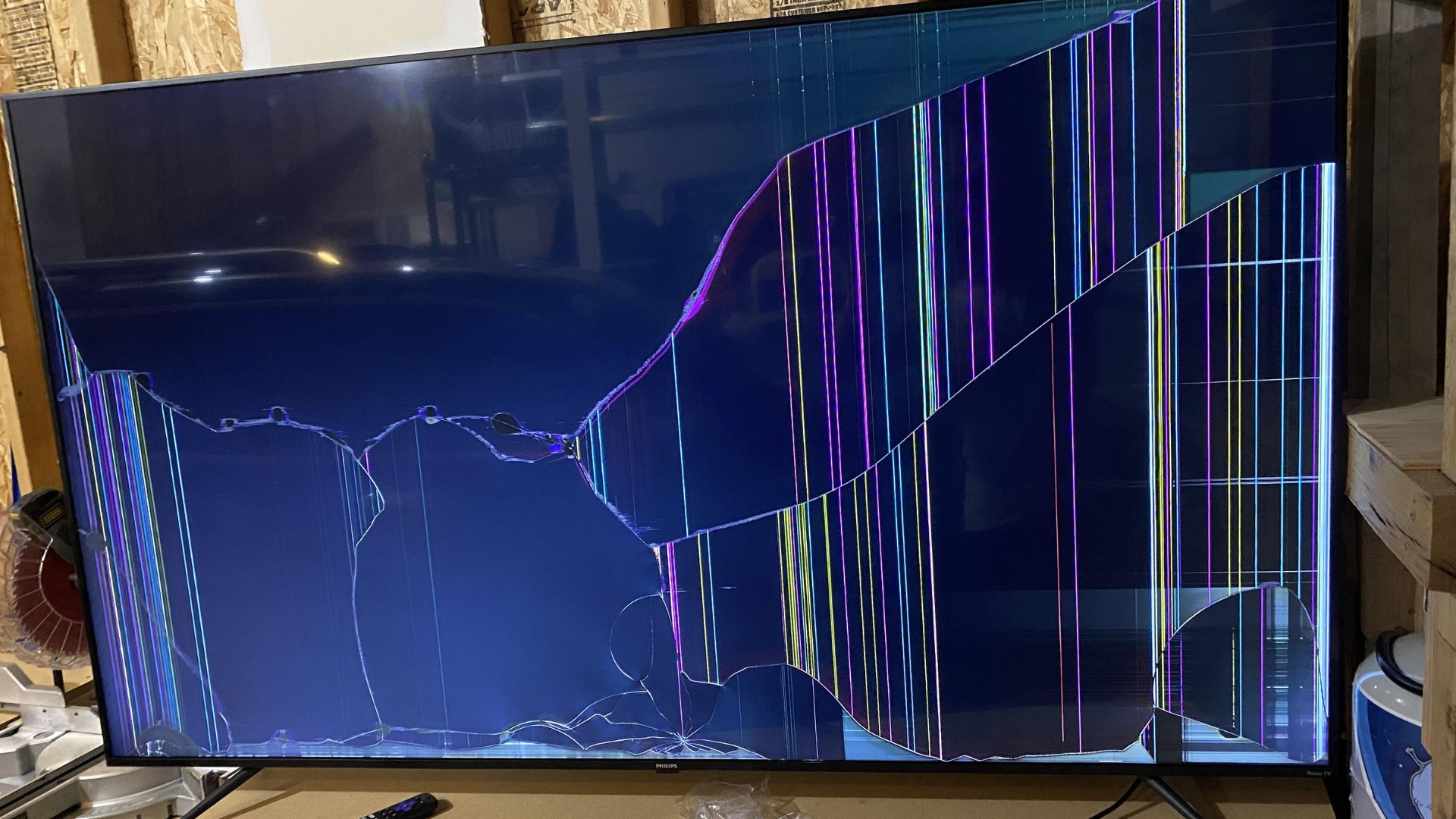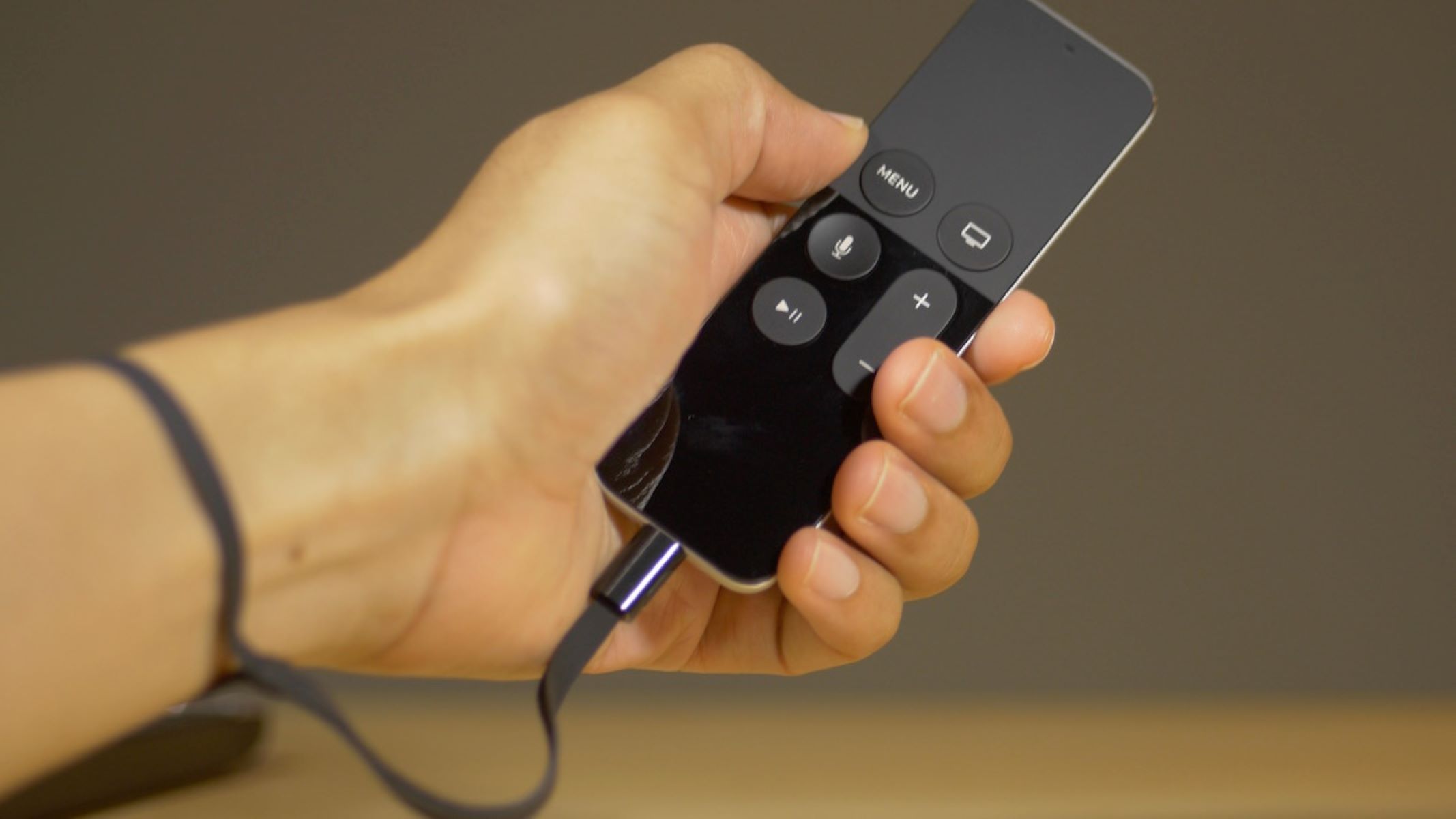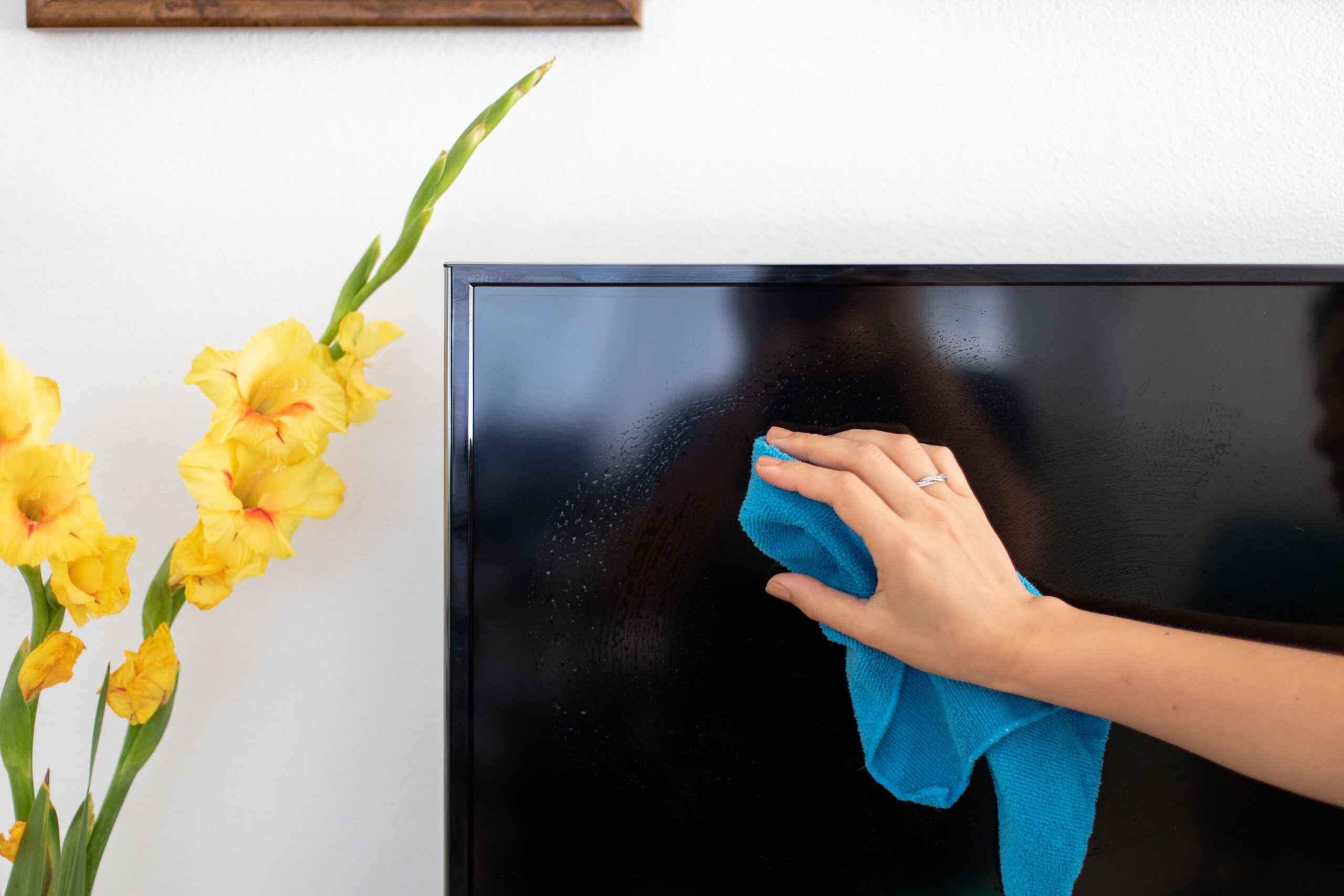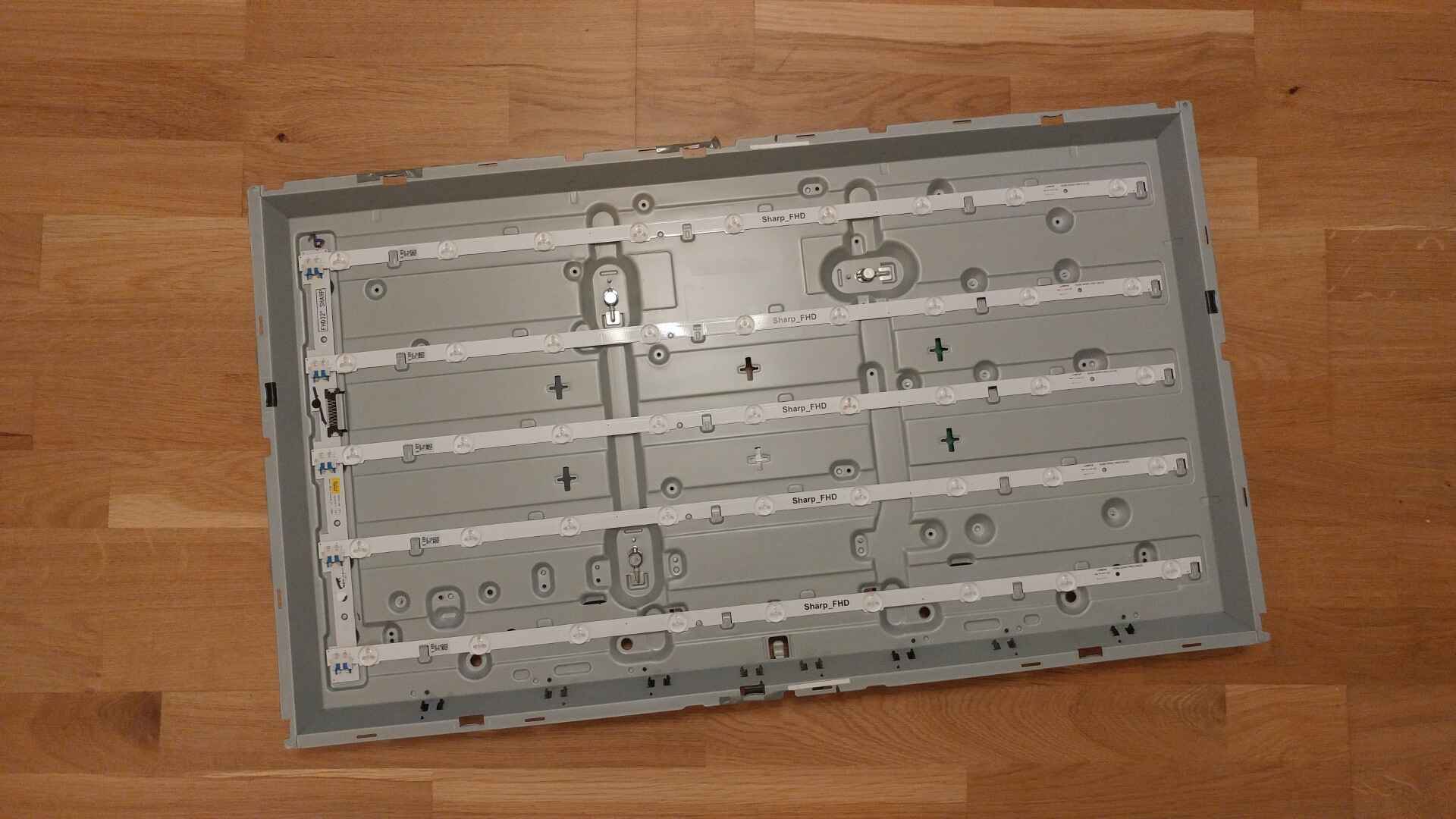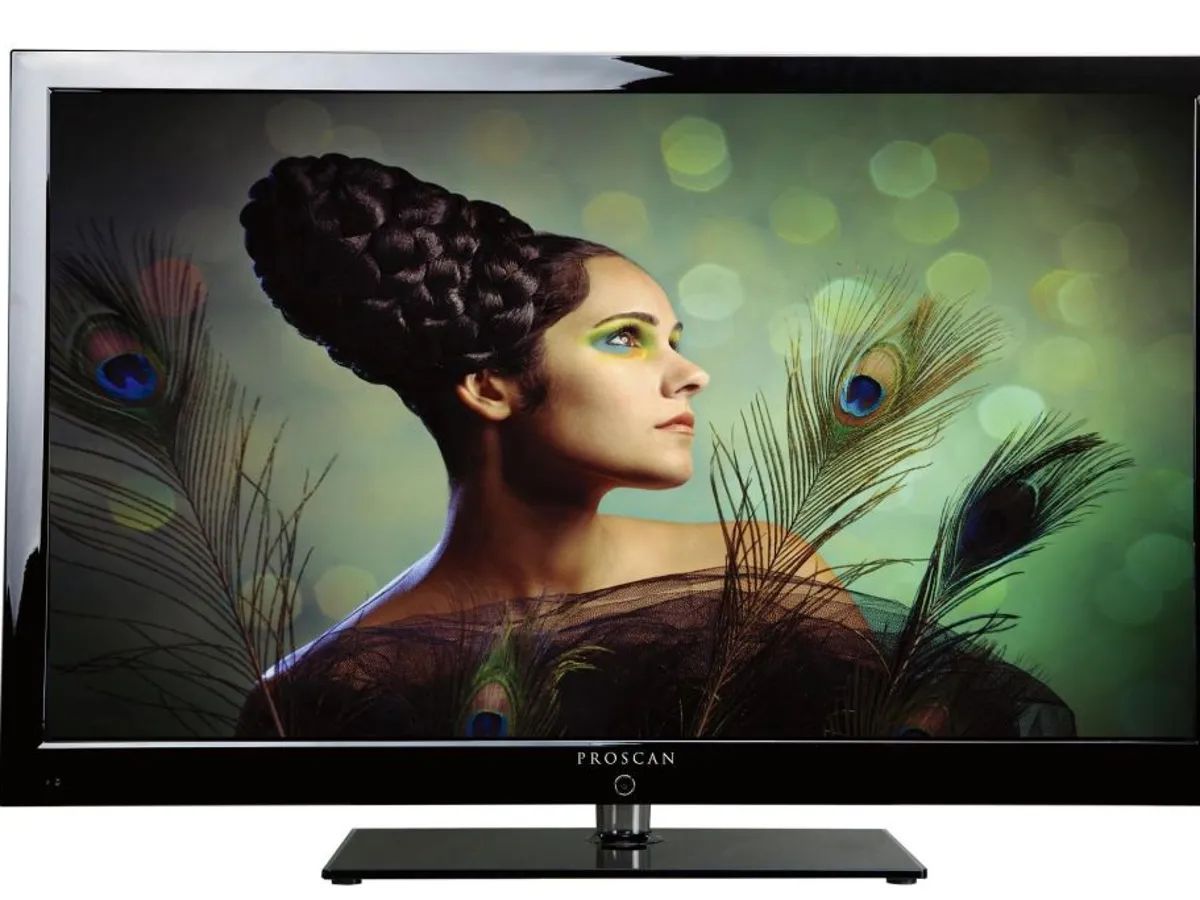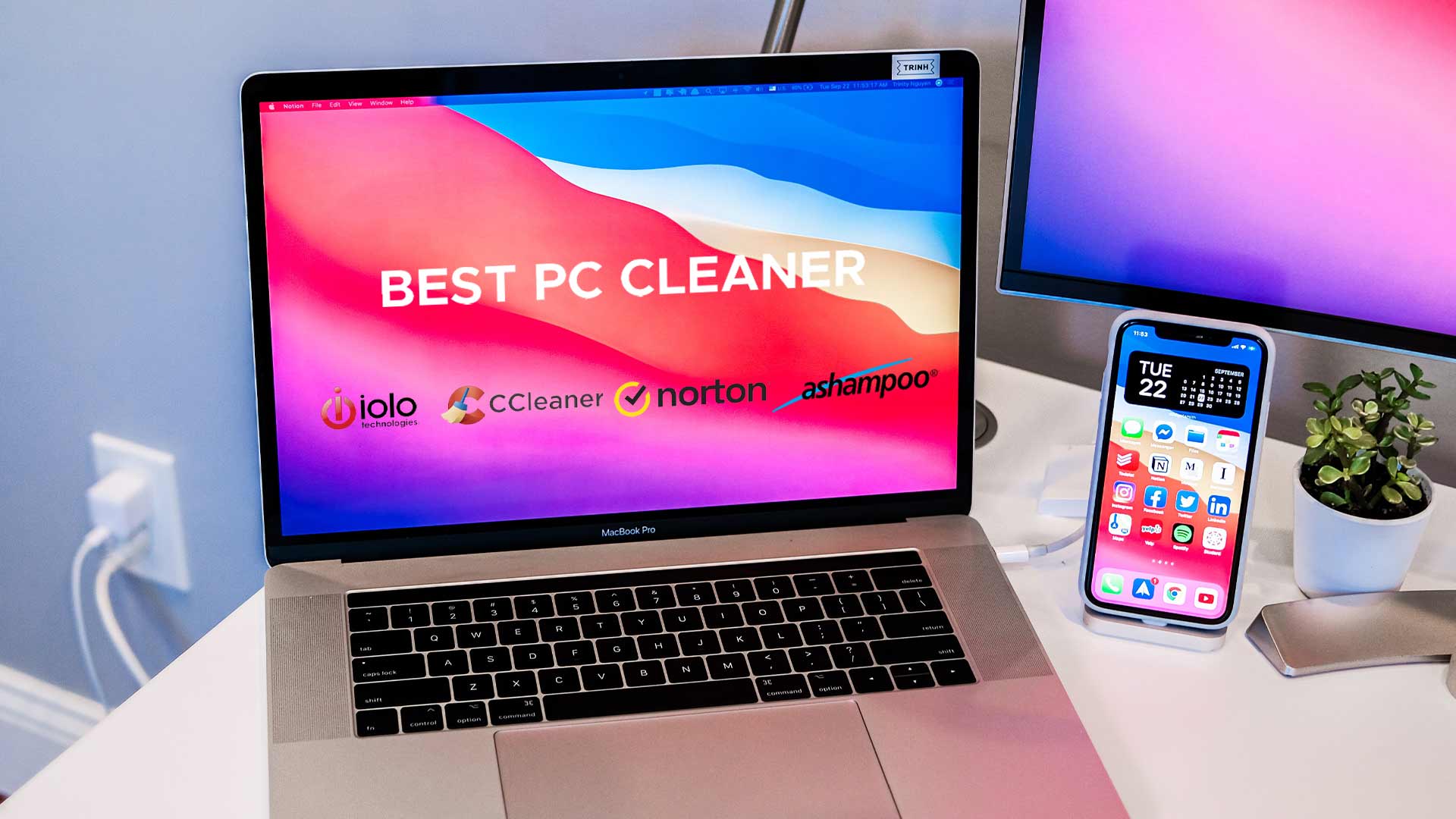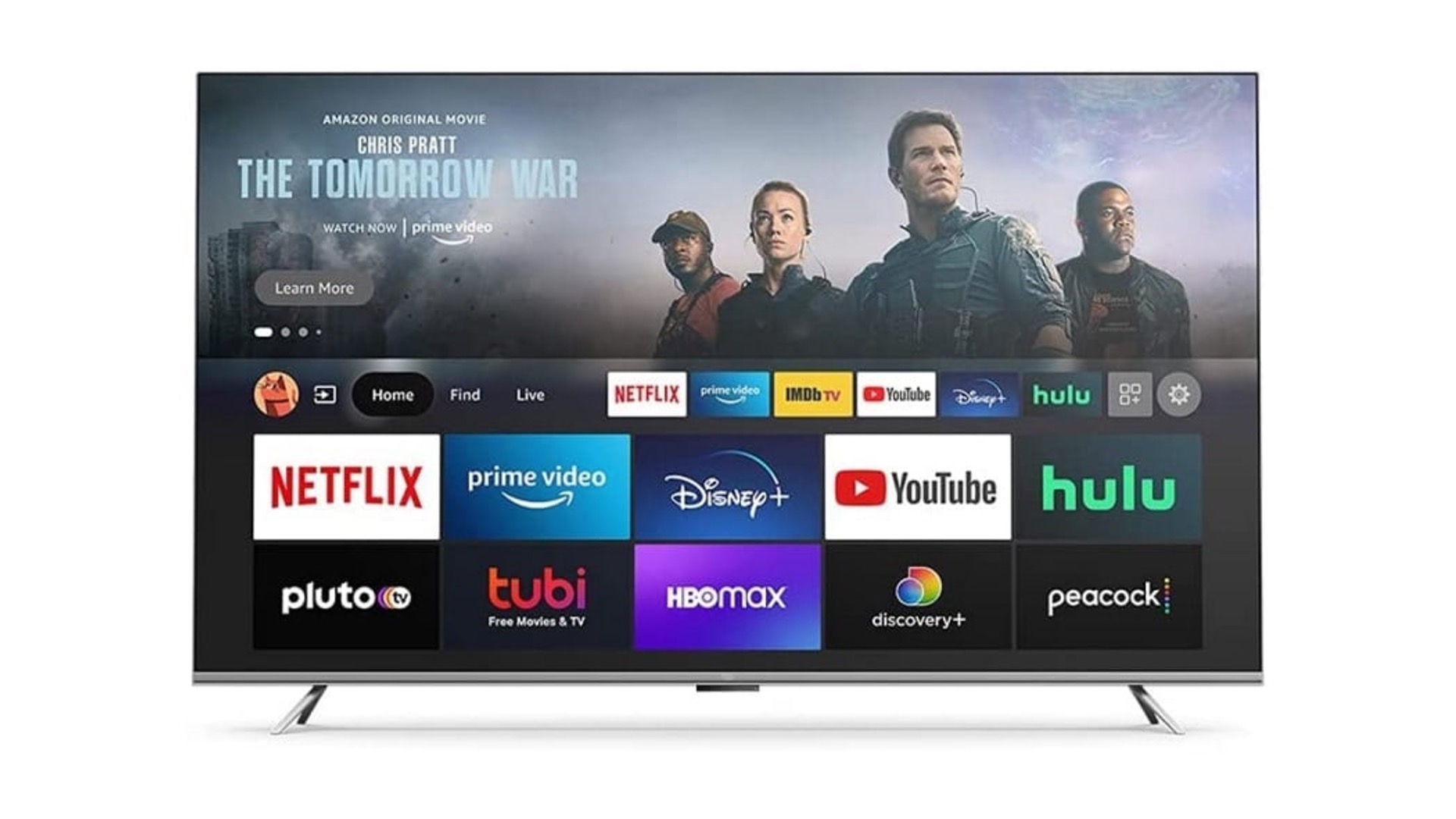Introduction
As technology advances and consumer preferences change, it is not uncommon for people to find themselves with outdated electronics, such as an LED TV, that they no longer want or need. When faced with this situation, it is important to consider the proper methods for disposing of an LED TV in an environmentally responsible manner.
In this article, we will guide you through the steps to ensure that your LED TV is disposed of properly. From exploring repair options to recycling and, as a last resort, landfill disposal, we will cover all the necessary information to help you make an informed decision. It is crucial to remember that electronic waste, or e-waste, contains hazardous materials that can harm the environment if not handled correctly.
Many people overlook the importance of properly disposing of an LED TV, assuming it can simply be thrown in the trash. However, this can have detrimental effects on the environment and human health. Electronic devices like LED TVs contain toxic substances such as mercury, lead, and various other harmful chemicals that can seep into soil and water sources if not disposed of correctly. Therefore, it is essential to follow the proper procedures to ensure the safe and responsible disposal of your LED TV.
By taking the time to read this article and follow the recommended steps, you will not only contribute to a cleaner and healthier environment but also demonstrate your commitment to sustainability. So, let’s begin by exploring the first step: checking if the TV can be repaired or repurposed.
Step 1: Check if the TV can be repaired or repurposed
Before considering disposing of your LED TV, it is important to determine if it can be repaired or repurposed. Sometimes, a minor issue can be fixed, allowing you to continue using the TV or pass it on to someone in need. Here are a few steps to follow:
- Identify the problem: Start by assessing the issue with your LED TV. Is it a hardware problem, like a broken screen or faulty components, or a software issue? Figuring out the specific problem will help you determine if it can be fixed.
- Consult a professional: If you’re not familiar with TV repairs, it’s best to consult a professional technician who specializes in electronics. They will have the expertise to diagnose the problem accurately and offer possible solutions.
- Weigh the cost: Consider the cost of repair compared to the value of the TV. If the repair cost exceeds the price of a new TV or if the TV is significantly outdated, it may be more practical to dispose of it.
- Repurpose the TV: If the TV is no longer functional but still has some parts in working condition, you can repurpose it for other uses. For example, the screen can be transformed into a digital picture frame or used as a monitor for other devices.
- Donate or sell: If the TV is repairable and you no longer have a need for it, consider donating it to a local charity or selling it to someone who can make use of it. This not only reduces waste but also benefits others who may not have the means to purchase a new TV.
Remember, the goal is to explore all potential options for extending the lifespan of your LED TV before resorting to disposal. Repairing or repurposing the TV not only saves money but also reduces electronic waste, contributing to a more sustainable future. Once you have determined that repair or repurposing is not viable, it is time to move on to the next step: donating or selling the TV if it is still in working condition.
Step 2: Donate or sell the TV if it is still in working condition
If your LED TV is still in good working condition and you have decided not to keep it for yourself, consider donating or selling it to someone who can benefit from it. By doing so, you give the TV a new lease on life and prevent it from ending up in a landfill. Here’s how you can go about the process:
- Donate to a charitable organization: Research local charities, community centers, schools, or non-profit organizations that accept electronic donations. Some organizations may have specific guidelines or requirements, so make sure to reach out to them beforehand to ensure they can accept your TV.
- Check with friends and family: Inform your friends and family members about your intention to donate the TV. They might know someone in need of a television and can help connect you with the right person. This way, you can ensure that the TV finds a good home.
- Sell the TV online or offline: If you prefer to sell the TV rather than donate it, you can explore various online platforms such as classified ads websites or online marketplaces. Take clear pictures, write an accurate description, and set a fair price. You can also consider selling it locally through garage sales or local buy-and-sell groups.
- Verify the condition and functionality: Before donating or selling the TV, thoroughly test it to ensure that it is in proper working condition. Check for any issues like dead pixels, sound problems, or connectivity glitches. Being transparent about the TV’s condition will help build trust with potential buyers or recipients.
- Wipe personal data: If you decide to sell the TV, make sure to erase any personal data or sensitive information that may be stored on it. This includes your account credentials, browsing history, and any personal files. Consult the TV’s user manual or manufacturer’s website for instructions on how to perform a factory reset.
Remember, the goal is to find a new home where the TV can continue to be used and enjoyed. Whether you choose to donate or sell it, you are extending its lifespan and reducing electronic waste. Once you have successfully donated or sold the TV, you can proceed to the next step: recycling it through a certified e-waste facility.
Step 3: Recycle the TV through a certified e-waste facility
If your LED TV is no longer in working condition or you weren’t able to donate or sell it, the next step is to recycle it through a certified e-waste facility. Recycling your TV ensures that its components are properly disposed of and reduces the environmental impact associated with electronic waste. Here’s what you need to do:
- Find a certified e-waste recycling facility: Look for local facilities or recycling programs that specialize in electronic waste. Ensure that they are certified and follow proper recycling guidelines. You can search online directories or contact your local waste management authority for recommendations.
- Check for pick-up or drop-off options: Some recycling facilities offer pick-up services, while others require you to drop off the TV at a designated location. Determine the most convenient option for you and make arrangements accordingly.
- Prepare the TV for recycling: Remove any cables, accessories, or additional components that are not part of the TV itself. Depending on the facility’s guidelines, you might need to bring the original packaging, manuals, or any other accompanying materials.
- Follow any disposal requirements: Each recycling facility may have specific requirements for TV disposal. Some may ask you to complete a form or sign a document to confirm that you are properly disposing of the TV. Follow their instructions carefully to ensure compliance.
- Verify data destruction: If your TV had any built-in storage or personal data capabilities, ensure that the recycling facility has protocols in place to properly erase or destroy that information. This will protect your privacy and prevent any potential data breaches.
By choosing to recycle your TV through a certified e-waste facility, you are actively participating in the responsible management of electronic waste. Recycling allows valuable materials to be recovered and reused, reducing the need for new resources and minimizing the environmental impact of manufacturing new TVs.
Once you have successfully recycled your TV, you have taken a significant step towards a more sustainable future. However, if for any reason recycling is not feasible or available in your area, the last resort is to dispose of the TV at a local landfill, which we will discuss in the next step.
Step 4: Dispose of the TV at a local landfill as a last resort
As a last resort, if you are unable to repair, repurpose, donate, sell, or recycle your LED TV, you may need to dispose of it at a local landfill. However, it is important to note that landfill disposal should only be considered when all other options have been exhausted. Here are some guidelines to follow when disposing of your TV:
- Check local regulations: Contact your local waste management authority or visit their website to understand the specific regulations and guidelines for disposing of electronic waste. Different regions may have different requirements.
- Wrap the TV securely: To prevent any potential damage or release of hazardous materials during transportation, wrap the TV in a protective material such as bubble wrap or foam. This will help ensure it arrives at the landfill intact.
- Follow disposal instructions: When you arrive at the landfill, inform the staff that you have an LED TV for disposal. They will direct you to the appropriate area and provide further instructions on how to properly dispose of the TV.
- Be responsible and respectful: While it may be the last resort, it is crucial to be responsible and respectful when disposing of your TV at the landfill. Ensure that you follow all safety guidelines and dispose of it in the designated area.
- Consider future alternatives: Reflect on the need for electronic devices and the potential environmental impact they have. In the future, aim for more sustainable choices, such as repairing or repurposing electronics whenever possible and recycling them at certified e-waste facilities.
It is important to remember that landfill disposal should be considered as a last resort. The materials within your LED TV contain hazardous substances that can impact the environment if not properly managed. By exploring all other options and following the proper disposal procedures, you contribute to minimizing electronic waste and promoting a cleaner, healthier future.
Now that you have completed the necessary steps for disposing of your LED TV, you can feel confident that you have made an environmentally responsible choice. By repairing, repurposing, donating, selling, or recycling your TV, you have extended its lifespan and reduced electronic waste. Your efforts contribute to a more sustainable and eco-friendly society.
Conclusion
Properly disposing of an LED TV is essential to protect the environment and minimize electronic waste. By following the steps outlined in this article, you can ensure that your TV is handled responsibly and ethically.
First, check if the TV can be repaired or repurposed. Consult a professional and weigh the cost of repair versus the value of the TV. If the TV is beyond repair, consider repurposing it or donating/selling it to someone who can still make use of it.
If the TV is no longer in working condition or cannot be donated or sold, recycling it through a certified e-waste facility is the best option. Recycling helps recover valuable materials and reduces the need for new resources, contributing to a more sustainable future.
In the unfortunate event that recycling is not possible, local landfill disposal should be the last resort. However, it is crucial to follow local regulations, securely wrap the TV, and dispose of it in the designated area at the landfill.
By taking these steps, you are actively participating in responsible electronic waste management. Your actions help preserve the environment, prevent hazardous materials from entering landfills, and promote a more sustainable approach to technological consumption.
Remember, proper disposal of one electronic device makes a difference, but the collective efforts of individuals can create a significant impact. Encourage others to follow these steps when disposing of their electronic devices as well.
Together, we can contribute to a cleaner and healthier planet by ensuring that our LED TVs and other electronics are disposed of in an environmentally responsible manner.









